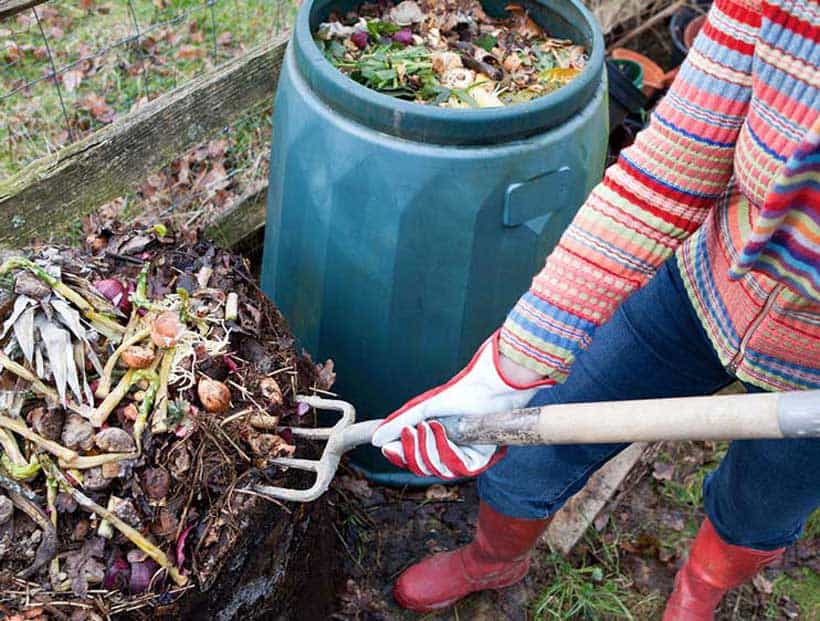When it comes to protecting Earth, every effort counts. April 22 is Earth Day – the perfect time to reflect on how your choices affect our environment and the steps that you can take to improve it.
Take action this Earth Day with these five sustainable habits that will help support our amazing planet:
1. Reduce Your Food Waste
According to the Food and Agriculture Organization, one-third of food produced worldwide is wasted. A shocking 40% of this waste happens at the retail and consumer levels – contributing significantly to greenhouse gas emissions [1]. You can help reduce food waste by:
- Meal planning and buying only the foods that you will use.
- Storing food properly to avoid spoilage and maximize shelf life.
- Serving smaller portions.
- Using your leftovers or freezing them for future “easy-meal days.”
- Giving away excess food to food banks, charities, friends, and neighbor
2. Walk to Work
Replacing your drive with a zero-emission commute can have a big impact – on the environment and your own health. Walking is a great way to burn calories and it has been shown to boost the ability to think creatively [2]. If your commute is too far to walk, consider cycling or a combination of walking and public transit. Even cutting back to driving two or three times a week can help!
3. Eat Sustainably
Some foods have lower environmental footprints than others. Here are a few choices that you can make to help the planet.
- Choose sustainable seafood, such as those qualifying for NOAA’s FishWatch and avoid seafood caught by trawl, longline, and dredging.
- Look for International Verified Omega-3 (IVO) certified products.
- Eat at least one meat-free meal per day.
- Buy local and organically grown foods whenever possible.
4. Start a Compost
Home composting is a simple way to keep produce out of the landfill, while also creating a chemical-free fertilizer for your gardens and house plants. There is a variety of enclosed indoor, outdoor, and neighborhood composting systems to choose from. They all make fantastic enclosures for composting fruit and vegetable scraps, spent coffee grounds and filters, tea bags, egg shells, and much more.
5. Reuse
New isn’t always better – especially when it comes to the environment! In order to have something new, raw materials and energy are required. Many products are also transported long distances to the stores where we buy them. Whenever possible, help the Earth (and your wallet!) by:
- Repairing and refurbishing older items.
- Buying used. Plenty of used, high-quality clothing, electronics, furniture, toys, and sports equipment are available for purchase through consignment stores and online.
- Borrowing, sharing, or leasing. Why pay full price for new books, tools, baby items, and decorations that you only need temporarily
References:
- Gustavsson J, Christel C, Ulf S, et al. Global Food Losses and Food Waste – Extent, Causes and Prevention. 2011.Retrieved from: Global Food Losses and Food Waste – Extent, Causes and Prevention.
- Oppezzo M, Daniel S. Give Your Ideas Some Legs: The Positive Effects of Walking on Creative Thinking.Journal of Experimental Psychology, Learning, Memory, and Cognition. 2014; 40(4):1142-52.

